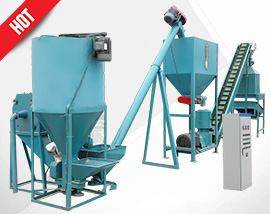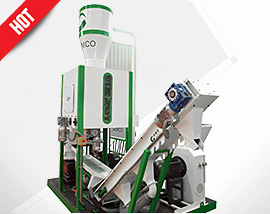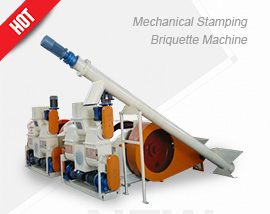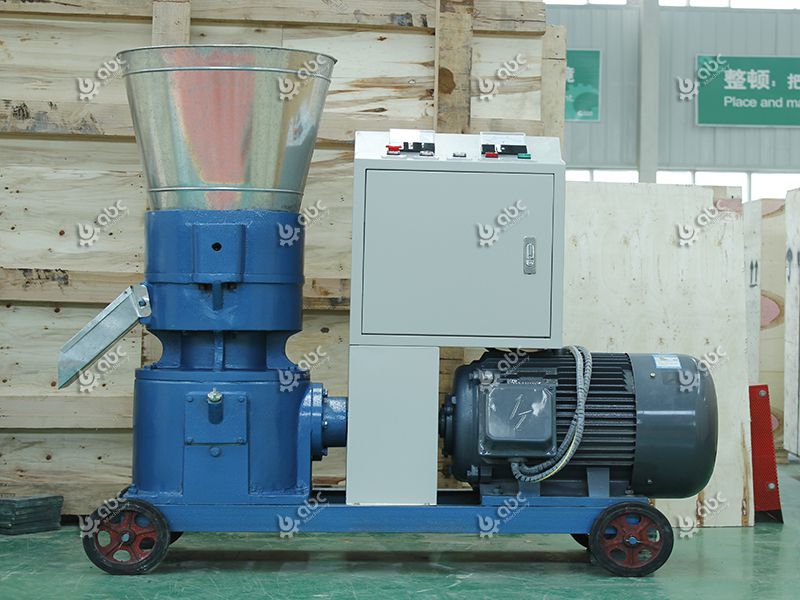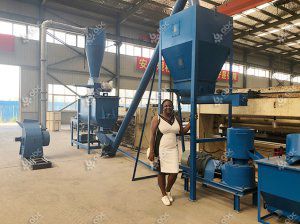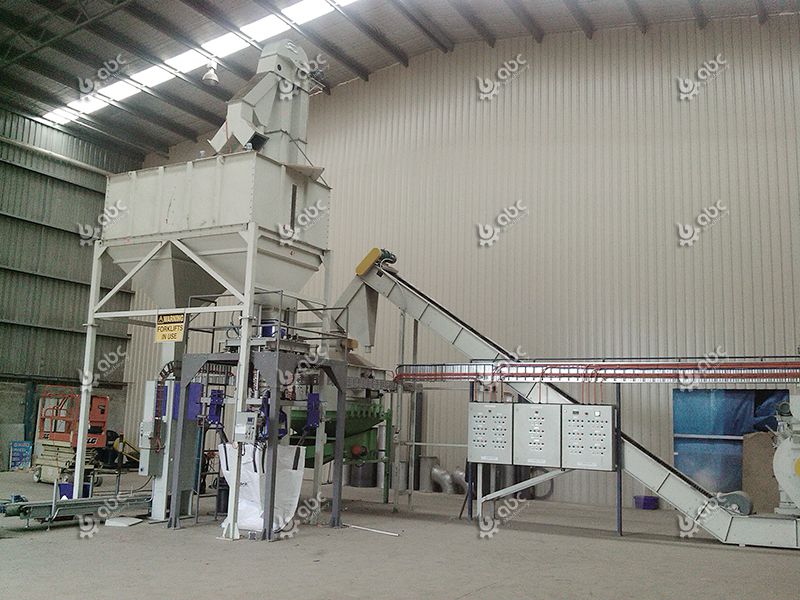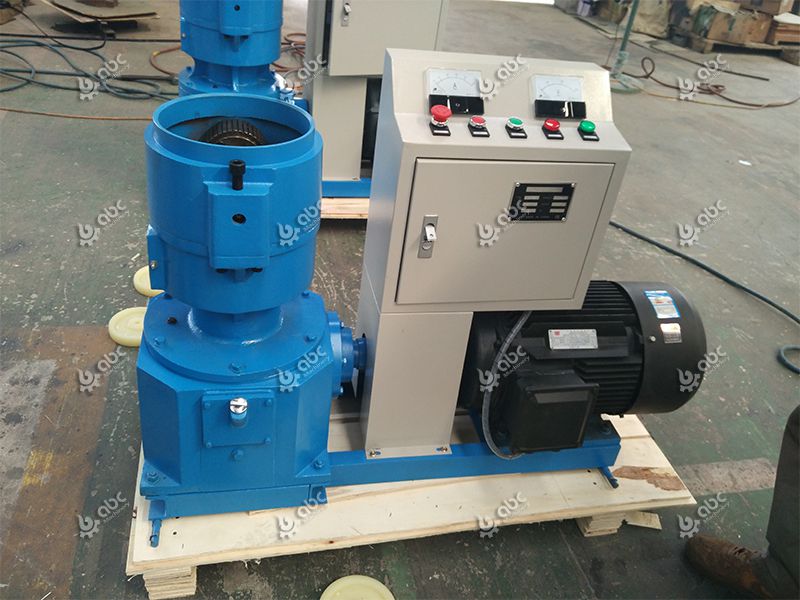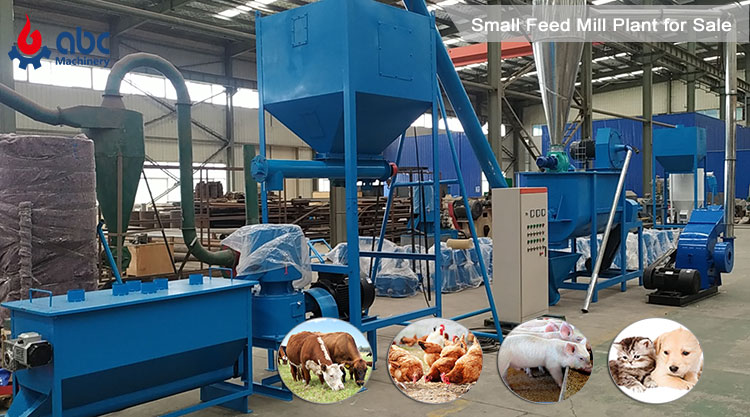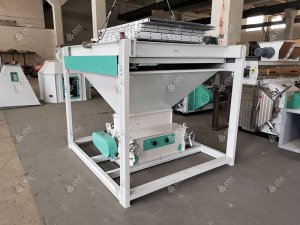Organic Fertilizer Fermentation: Aerobic vs. Anaerobic?
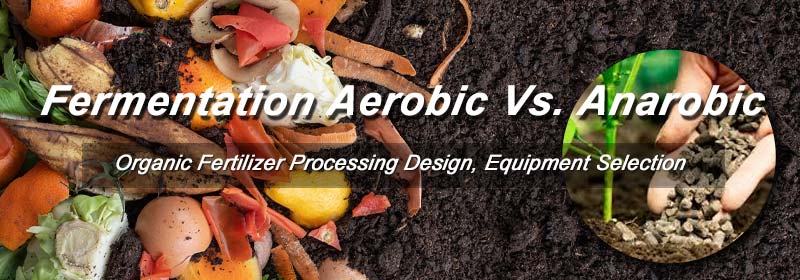
Is Oragnic Fertilizer Fermentation Processing Aerobic or Anarobic?
Organic waste management is a crucial subject in today's agricultural production and environmental conservation. Among them, the fermentation process of organic fertilizers plays a vital role in enhancing soil quality, promoting crop growth, and reducing environmental pollution. Within the organic fertilizer fermentation process, aerobic and anaerobic fermentation are two common methods. This article will provide a detailed discussion of these two fermentation methods and explore their respective characteristics.
Aerobic Composting Fermentation
Aerobic composting is a process that utilizes aerobic microorganisms to oxidize, decompose, and absorb agricultural organic waste. This fermentation occurs under aerobic conditions, where microorganisms oxidize organic matter into simple inorganic substances through their life activities, releasing energy and synthesizing new cytoplasm, thereby promoting microbial growth and reproduction to generate more biomass.
During the biochemical degradation of organic matter, heat energy is generated. However, since not all heat energy dissipates into the environment in composting processes, the temperature of the compost material increases. This temperature rise leads to the death of heat-intolerant microorganisms, while heat-tolerant bacteria rapidly multiply. The aerobic composting process can be divided into the initial stage, high-temperature stage, and ambient temperature maturation stage, with two temperature increases.
Process Flow of Aerobic Composting:
-
1. Pre-treatment of raw materials: Includes sorting, crushing, adjusting moisture content, carbon-nitrogen ratio, etc., of waste materials. Initially, impurities are removed and waste is crushed, then moisture and carbon-nitrogen ratio are adjusted, and suitable microbial inoculants are added.
-
2. High-temperature composting: Divided into the initial stage and high-temperature stage. In the initial stage, microorganisms utilize soluble organic matter for life activities, releasing heat to increase temperature. After entering the high-temperature stage, heat-tolerant organisms rapidly multiply, releasing a large amount of heat, raising the temperature to 60-80°C.
-
3. Ambient temperature maturation: After high-temperature fermentation, the temperature of the material is around 38°C, with a moisture content of about 40%. Ambient temperature maturation is still required to further decompose, stabilize, and dry the material. This stage generally takes 15-20 days. When the moisture content is below 30 %, it can be stored or processed to produce commercial organic fertiliser.
-
4. Sorting, processing, and storage: Completely matured organic material can be stored or processed to produce organic fertilizer after thorough sorting.
Anaerobic Composting Fermentation
In comparison to aerobic composting, anaerobic composting occurs in anaerobic conditions without ventilation. This fermentation method utilizes microorganisms to convert agricultural organic waste into methane and ammonia, producing organic fertilizers.
Although anaerobic composting has a strong odor and low energy consumption, its maturation and harmless time are longer, requiring periodic turning after sealing the pile. Anaerobic composting has the advantages of simplicity and labor-saving and is suitable for situations where immediate fertilization is not urgent or labor is tight.
Is Organic Fertilizer Fermentation Aerobic or Anaerobic?
Determining whether fermentation is aerobic or anaerobic is pivotal in understanding its role within the organic fertilizer plant. In this process, the distinction between aerobic and anaerobic conditions significantly impacts the efficiency and outcomes of fermentation.
-
Aerobic fermentation occurs in the presence of oxygen and relies on aerobic microorganisms to break down organic matter into compost. This process requires adequate aeration, typically facilitated by equipment like compost turners. These machines ensure proper oxygenation of the fermentation pile, promoting the growth and activity of aerobic bacteria and fungi. The result is a well-aerated compost rich in nutrients, ideal for organic fertilizer production.
-
In contrast, anaerobic fermentation occurs in the absence of oxygen and involves the decomposition of organic matter by anaerobic microorganisms. This process often takes place in sealed containers or digesters, where organic materials undergo fermentation in an oxygen-deprived environment. Anaerobic fermentation produces biogas, primarily methane, which can be captured and utilized as a renewable energy source. Additionally, the resulting digestate can be used as a nutrient-rich organic fertilizer after further processing.
|
Criteria |
Aerobic Fermentation |
Anaerobic Fermentation |
|---|---|---|
|
Oxygen and Microorganisms Presence |
√ |
× |
|
Fermentation Process |
Fast decomposition rates, reduced odor, nutrient-rich compost |
Biogas production, nutrient-rich digestate |
|
Equipment |
Compost piles, windrow composting, aerated static pile composting |
Anaerobic digesters, biogas reactors |
|
End Products |
Stable compost, reduced greenhouse gas emissions |
Biogas (renewable energy), nutrient-rich digestate |
|
Applications |
Agriculture, gardening, soil improvement |
Renewable energy production, waste management |
Overall, the choice between aerobic and anaerobic fermentation depends on various factors, including available resources, desired outcomes, and specific requirements of the organic fertilizer plant. While aerobic fermentation produces compost suitable for soil amendment, anaerobic fermentation offers the added benefit of biogas production for renewable energy generation. Both processes play essential roles in sustainable waste management and organic fertilizer production, contributing to environmental conservation and agricultural sustainability.



